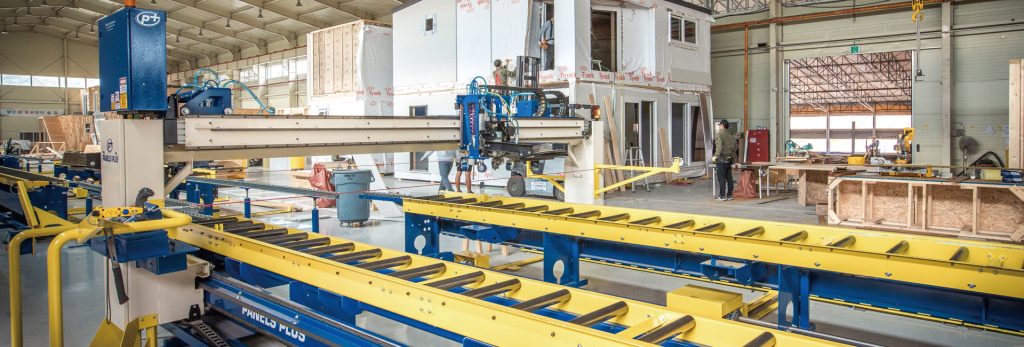Market Research Shows Positive Outlook for Industrialized Construction in Korea
Market research by Canada Wood Korea has found that wood building systems are well positioned to enable the shift from site construction to industrialized factory manufacturing provided strong support is provided via technical development, industry education and public advocacy.

With construction set to fuel Korea’s economic comeback in the post-pandemic era, the country’s building industry must address mounting pressures associated with climate change ,the race to attain net zero greenhouse gas emissions (net zero) and related issues of rising costs for traditional construction, plus the shortage of skilled construction labor.
In April 2012, government already introduced a law so that prefab technology could be used to construct residential housing complexes. Since then, building prefabrication has been identified as a key measure to revamp the building industry to meet its ever-more-ambitious and increasingly urgent sustainability goals.
As a result, the prefabrication construction, especially in the form of modular housing, has experienced a significant expansion of interest. The Ministry of Land, Infrastructure and Transport has set out a strategy to advance R&D efforts and build demonstration structures to push out the application of modular construction to mid and high rise buildings over 13 stories. The government also plans to roll out initiatives to encourage use of modular approaches in standardized publicly funded housing projects, such as affordable housing.

Korea’s domestic modular construction market size is projected to reach USD 2 billion this year from USD 40 million in 2010. Large construction companies such as Kolon Modulus, Bumyang Floy, XiGEIST, Kumkang Industrial, POSCO A&C, etc. have all entered the market by establishing independent corporations or acquiring modular companies. Recent modular projects have already established a solid track record and demonstrate an optimistic outlook with an increasing number of orders of government funded projects.

This type of government led initiative provides industry with some assurance to diversify investment from onsite to offsite construction. For example, a wooden construction company, in business for the past 20 years, recently announced a plan to invest USD 50 million to establish a new factory for industrial construction and to build an automated production line to meet the increasing market demand.
Although Korea’s modular construction is still very much an outlier compared to conventional construction, there are strong signals that a broad-based disruption is occurring.


